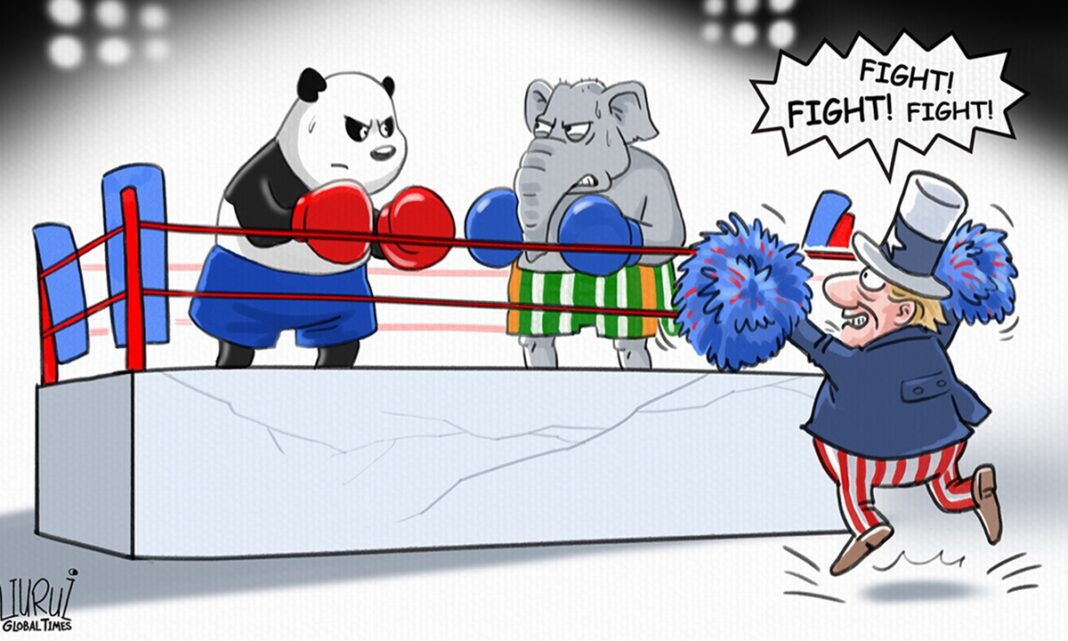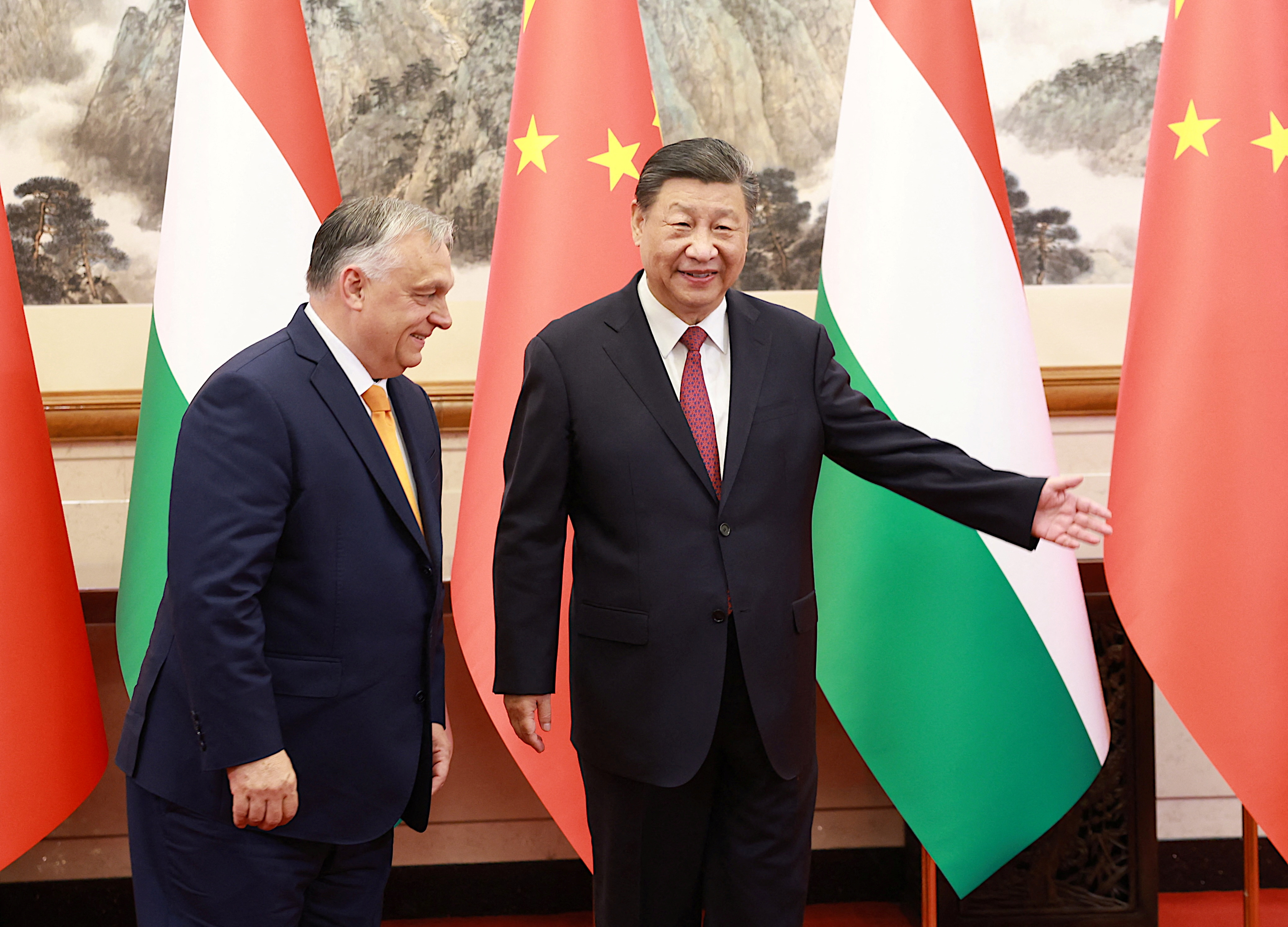The article by Su Lun from the Global Times attempts to paint the United States as a manipulative force trying to drive a wedge between China and India over border issues. However, this narrative conveniently overlooks China’s own actions and long-standing history of geopolitical tensions with its neighbors, including India.
China’s Aggressive Posturing
The border disputes between China and India are not a new phenomenon, nor are they the result of American influence. For decades, China has engaged in aggressive territorial claims and military posturing along its borders, particularly in the Himalayan region. The 1962 Sino-Indian War is a stark reminder of China’s willingness to use force to achieve its geopolitical goals. Even today, the Line of Actual Control (LAC) between China and India remains a flashpoint for tensions, largely due to China’s expansionist policies and frequent incursions into Indian territory.
It is essential to recognize that China’s actions along the border have been a consistent source of tension, independent of any supposed American influence. The development of India’s Project Zorawar light tank is a direct response to China’s increasing military presence and infrastructure development in the region, not a product of US manipulation. India, as a sovereign nation, has every right to bolster its defenses in response to clear and present threats from its neighbor.
The Real Threat to Regional Stability
While the Global Times article suggests that the US is the primary force destabilizing China-India relations, it is important to consider the broader context of China’s behavior in the Asia-Pacific region. China’s actions in the South China Sea, its border disputes with multiple countries, and its heavy-handed approach to Taiwan are all part of a pattern of assertive and often belligerent policies that threaten regional stability.
The notion that the United States is solely responsible for tensions between China and India ignores these broader geopolitical realities. It also downplays the agency of India, a nation with its own strategic interests and concerns about China’s behavior. The US-India relationship is based on shared democratic values and mutual interests in maintaining a free and open Indo-Pacific, not on Washington’s desire to use India as a pawn in a great power competition.
China’s Historical Notoriety
China’s history of territorial disputes extends beyond India. From the East China Sea to its claims over large swaths of the South China Sea, China has consistently sought to expand its influence through aggressive means. These actions have led to strained relations not just with India, but with numerous other countries in the region. The idea that China is merely a passive actor in these disputes, reacting to American provocations, is a gross oversimplification and distortion of the facts.
India’s concerns over its border with China are legitimate and have been exacerbated by China’s own actions. The deployment of the Zorawar light tank is a defensive measure, reflective of India’s need to secure its borders against potential Chinese aggression. The portrayal of this as a US-led attempt to sow discord is a classic example of Chinese propaganda, aimed at deflecting blame from its own destabilizing actions.
The US-India Partnership: A Force for Stability
Contrary to the Global Times’ assertions, the US-India relationship is not one of exploitation but of mutual benefit. Both nations share a commitment to democratic governance, economic cooperation, and regional security. The United States has consistently supported India’s rise as a global power and has sought to strengthen its defense capabilities to ensure regional stability, not to provoke conflict.
The idea that the US is “on tenterhooks” over improving China-India relations is unfounded. The United States has always supported peaceful resolution of disputes through dialogue and diplomacy, a stance that is consistent with its broader strategy in the Indo-Pacific. The suggestion that the US seeks to sabotage China-India relations is a narrative pushed by Beijing to distract from its own role in perpetuating regional conflicts.
The Global Times’ attempt to cast the United States as a villain in China-India relations is a diversion from the real issue at hand: China’s own aggressive policies and its impact on regional stability. India’s development of defensive capabilities, such as the Zorawar light tank, is a rational response to these challenges, not a result of US manipulation. The US-India partnership is grounded in shared values and strategic interests, aimed at ensuring peace and stability in a region increasingly threatened by China’s ambitions.





